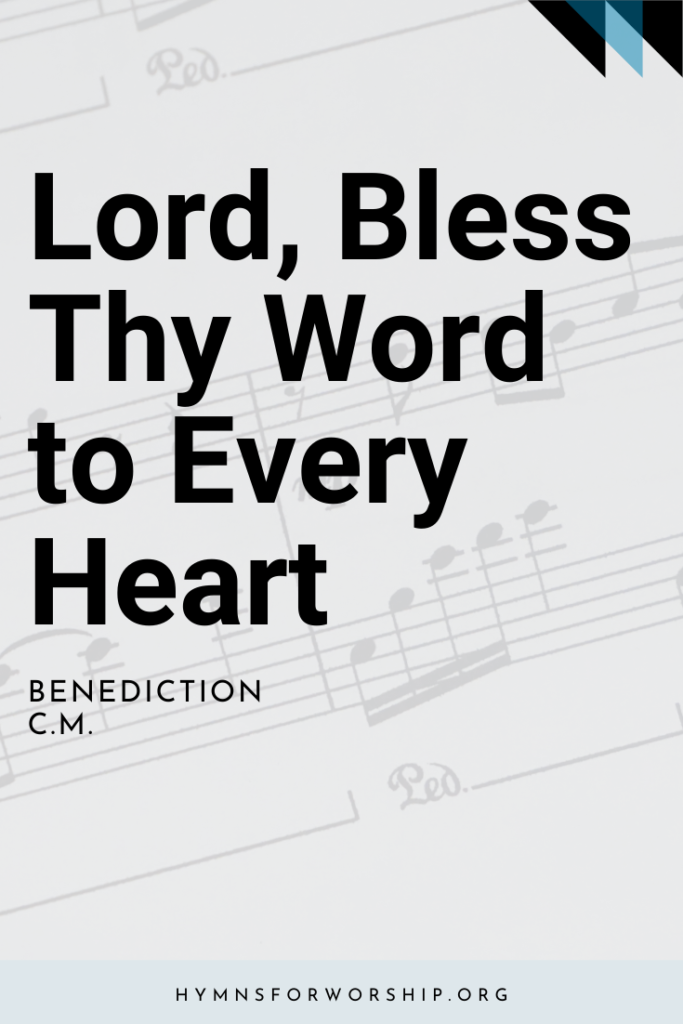The oldest manuscript in which these words are to be found is one copied and signed by John Francis Wade (c.1711-1786) about the year 1743.Six other copies by the same hand are known dated between 1746 and 1761 and may indicate that Wade was the author. There were four stanzas in this English version, but four others were added so that the complete Latin text in Thesaurus Animae Christianae (Treasury of Christian Lives), undated, consists of eight stanzas, of which SDAH has Nos. 1,7, and 8.
The SDAH translation was made in 1841 by Frederick Oakeley; its revised form was first published in F. H. Murray’s A Hymnal for Use in the English Church,1852. A prose translation of the fifth stanza is: “Though of eternal origin, we shall behold His eternal splendor veiled in flesh; God, a little child wrapped in shabby clothes.”
John Francis Wade was born in England in 1710 or 1711; he is described in his obituary,1787, as “a layman, aged 75, with whose beautiful manuscript books our chapels, as well as private families, abound, in writing which and teaching the Latin and church song he chiefly spent his time. He lived in Douay, in northern France, where many English Catholics fled following the arrival of William of Orange to become king of England after James II abdicated in 1688. Wade conducted a music-copying business in this city and died there on August 16, 1786.
Frederick Oakeley was born in Shrewsbury, Shropshire, on September 5, 1802.He was educated privately and then at the University of Oxford, graduating in 1824 with a B.A. He was ordained in the Anglican Church in 1826, but after hearing a sermon the next year on the Anglican Prayer Book he became a follower of the Oxford movement. He was appointed as prebendary at Lichfield Cathedral in 1832, preacher at Whitehall in 1837, and minister of Margaret Chapel, London, in 1839. His theological views leaned more to High Church practices; in 1845 he resigned and joined John Henry Newman, and was accepted into the Roman Catholic Church in 1845. He was reordained and worked for several years among the poor in Westminster; in 1852 he became a canon there. He transferred to Islington, north London, as a parish priest and died in that suburb on January 29,1880.
ADESTE FIDELES (Come Near, Faithful Ones), also called PORTUGUESE HYMN, appears in Wade’s Cantus Diversi (Various Songs) of 1751 as a manuscript copy; its first printed form was in Hymns for Catholic Services, 1766. Samuel Webbe (1740-1816) printed it in its present time signature in his An Essay on the Church Plain Chant, 1782. The tune was used in the Portuguese embassy chapel in London. The duke of Leeds heard it there and used it later at concerts under the name PORTUGUESE HYMN, assuming that it came from that country. Webbe was organist at the chapel, and his publication made the tune well known. The composition of the melody has been ascribed to John Reading, organist of Westminster College, in 1680. Another tune from Wade’s Cantus Diversi is SDAH 211, HOLYWOOD. Webbe also arranged the tune named CONSOLATOR (see SDAH 477).










